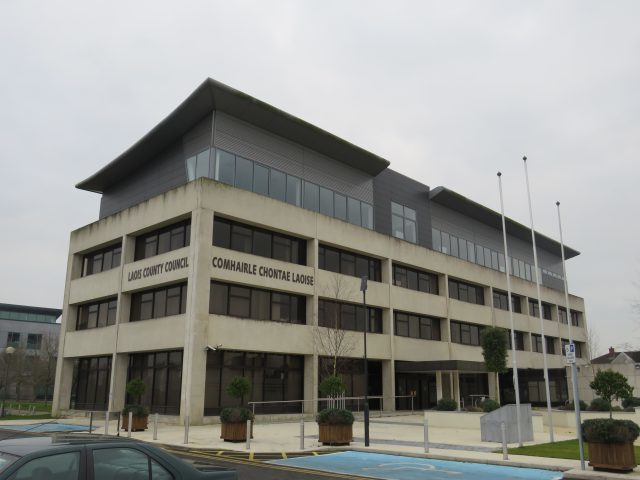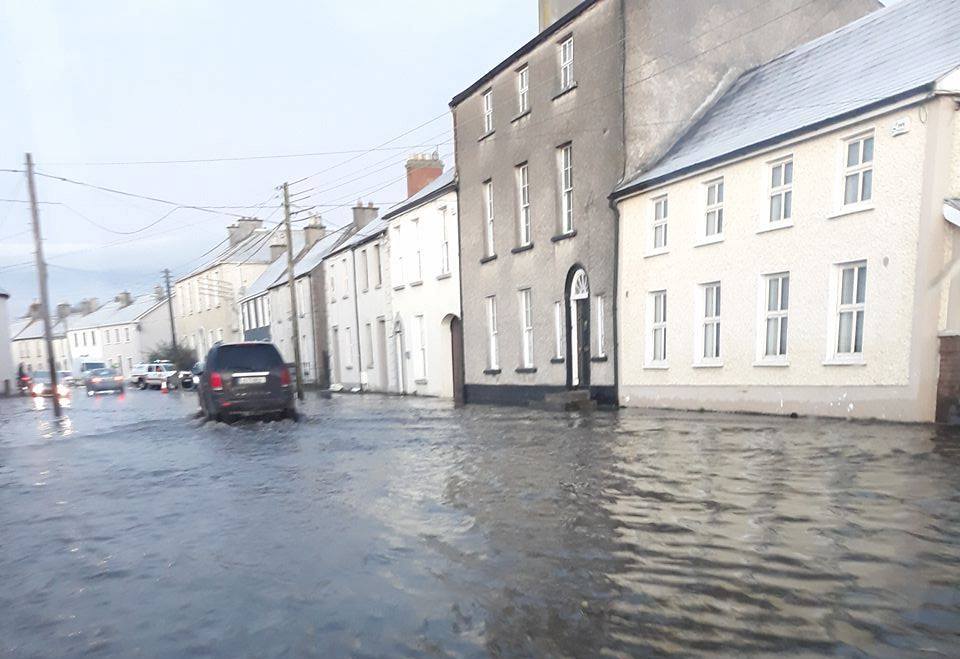Laois County Council are in the process of drafting a new County Development Plan, with climate considerations front and centre.
The Council have already begun the process of consultation with both the citizens of the County as well as public representatives.
These consultations will continue throughout the drafting process.
Outlining their vision for the Development Plan, the Council said: “Climate change has an increasing role to play in how we plan for the future.
“This Plan has a critical role to play in ensuring our communities develop having regard to sustainable infrastructure networks which build resilience to climate change.
“A key component is delivering housing in a compact, sustainable way which better integrates with sustainable transport modes to become less dependent on single vehicular use.”
Housing
The Council’s preferred choice for residential development is within town and village centres, setting a target of at least 30% of housing to be built in these areas.
The redevelopment of brownfield lands (previously developed land, which is or was occupied by a permanent structure) is seen as being socially and economically beneficial.
It is believed that this would promote urban regeneration, and support the growth and regeneration of under utilised sites in towns and villages throughout Laois.
Specifically, the redevelopment of these sites is seen as a way to contribute to the viability of services, shops and public transport; increase housing supply; and enable more people to be closer to employment and recreational opportunities.
1,709 such sites have been identified, which equates to 33% of the household allocation for the County.
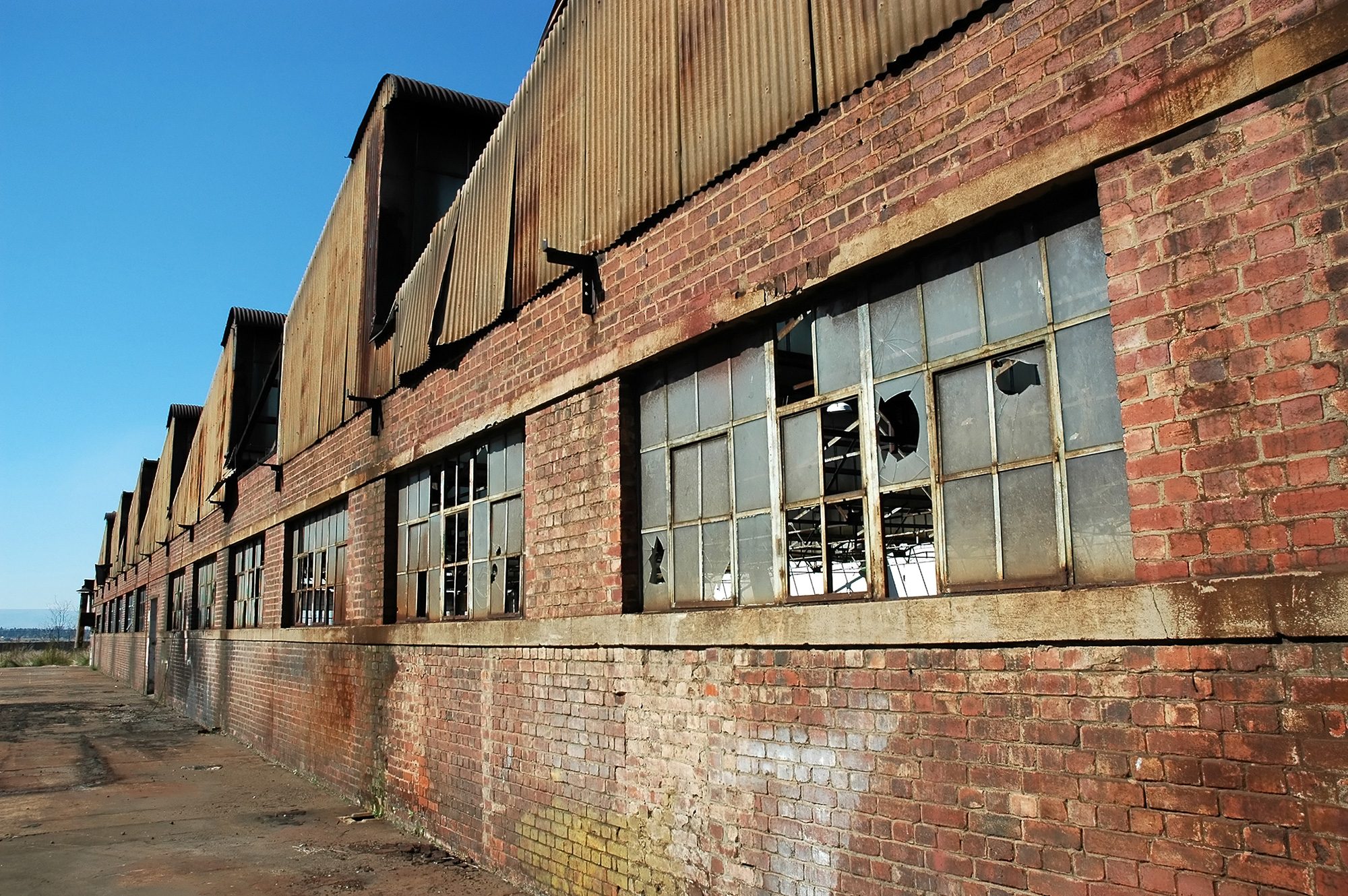
All changes and improvements made to the housing situation will take transport into consideration – another fundamental aspect of the Development Plan.
With more houses being created in urban areas, it is expected that there would be a reduction in travel demand, with the Council planning to prioritise cycling, walking, and public transport.
Transport
The majority of County Laois commuters drive, with car the preferred mode of transport for 73% of those who commute to work.
30% of those commuting to third level education drove, while driving accounted for 60% 0f those commuting to primary and secondary schools.
There are plans to increase accessibility to public transport and walking and cycling infrastructure within main residential areas with schools, community and sports facilities.
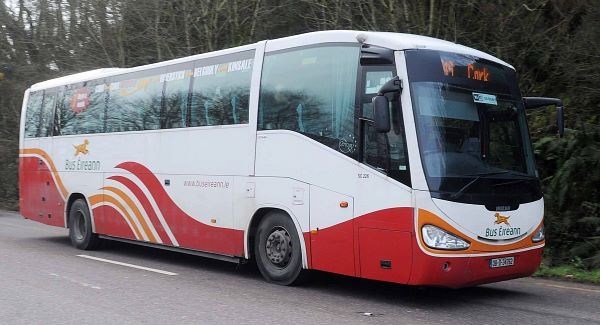
In an effort to offset the greenhouse gas emissions, the Council plan to implement several measures, including:
- Construction of green routes, cycleways, and pedestrian routes throughout the County.
- Promote higher residential development densities along public transport corridors.
- Strengthen public transport linkages and promote their use.
- Support localisation of jobs, shops, and services to minimise the need for common travel patterns.
- Support the provision of electricity charging infrastructure for electrical vehicles throughout County Laois.
- Promote and support the provision of Park-and-Ride facilities which improve public transport accessibility without exacerbating road congestion.
- Deliver a Public Transportation Hub in Portlaoise to accommodate national, commuter, regional and local bus services.
The Council also plan to develop a Low Carbon Transportation Hub at Midway, Portlaoise, to include a Compressed Natural Gas hub.
Rural Land – Bogland, Woodland & Agriculture
The Council says it will support the designation of a National Park for the peatlands area in the Midlands
This will involve examining the tourist potential of peatways, such as a peatway link from Portarlington to the Grand Canal and River Barrow Greenway.
This will form part of the longer-term strategic planning for industrial peatland areas, which is planned to address environmental, economic and social issues.
Peatland areas are to be conserved is essential for their ecological, climate regulation, archaeological, cultural and educational significance.
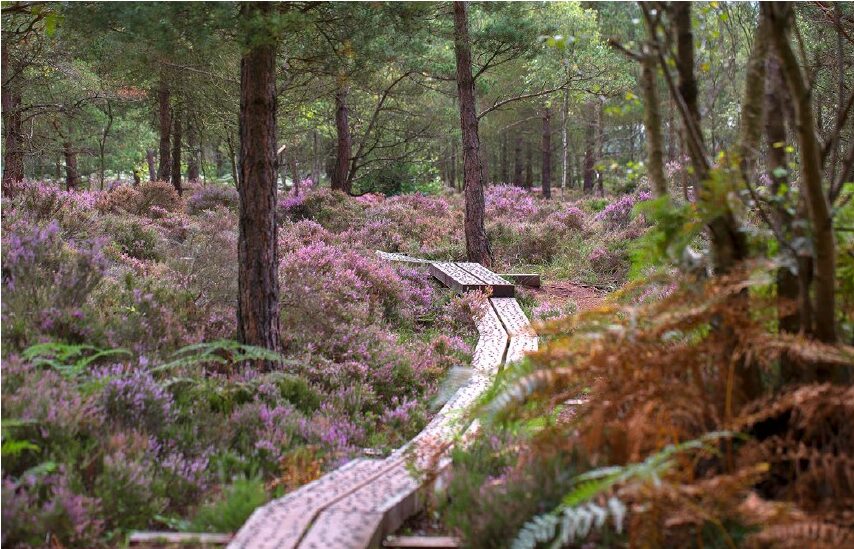
The Council are planning an expansion of the forestry sector, including afforestation (establishment of a forest or stand of trees in an area where there is no current tree cover).
They say this will form part of their support for the creation and protection of “resilient and varied ecological landscapes, which will help support a wide range of species.”
The development of abandoned road and rail infrastructure for walking and cycling will be explored.
The Council are also keen to support carbon neutrality in the agriculture, forest and land use sectors “through better sustainable agricultural, land management and resource efficiency.”
Part of this will be diversification of the rural economy to increase crop viability options.
Flooding
Several measures have been outlined which the Council see as vital to protecting against flooding, such as:
- Enhancement of flood resilience of buildings, e.g. elevated work surfaces and storage facilities, raised sockets and electrical infrastructure, enhanced flood boards.
- Grey-water recycling schemes that seek to decrease abstraction of potable surface water resources, thus reducing water stress during periods of low rainfall.
- Storm water infrastructure to improve sustainable drainage and reduce the risk of flooding in urban environments.
- Maximising water conservation – eg. rainwater harvesting.
- Plant drought-resistant plants/ trees in public amenity areas to provide shade and increase green infrastructure linkages;
- Protect and enhance the County’s floodplains and wetlands, enabling flood risk to be more effectively managed
Renewable Energy
The Council are prioritising the development of energy from renewable sources such as hydro, bio-energy, wind, solar, and geothermal.
This will include technologies that utilise grass for energy extraction, such as anaerobic digestion.
There will be community-led renewable energy projects which has the support of the majority of the community
Photovoltaic solar panels will be introduced in new public and community buildings for electricity generation, storage and water heating purposes.
Community
There is a desire to facilitate a more diverse and socially inclusive society, targeting equality of opportunity and a better quality of life for all citizens.
New and existing school buildings will become as self-sustaining as possible, with the Council seeking to avoid fossil fuel dependence.
The Council will encourage community gardening, allotments and other use of open space to facilitate lower carbon living education and practice.
The use of Green Roof technology will be introduced, particularly on apartment, commercial, leisure, and educational buildings.
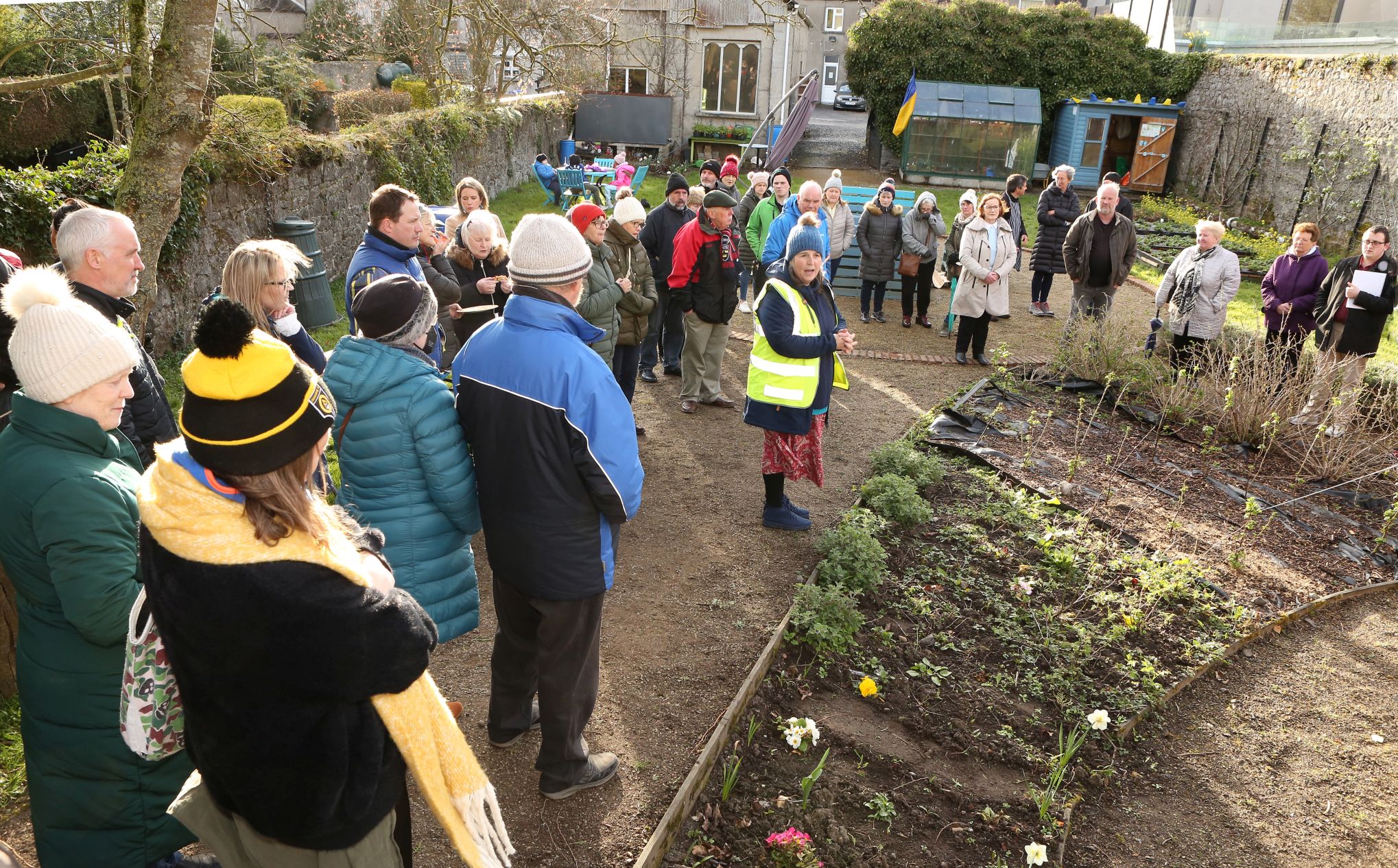
Tourism
The Council say they will “promote Laois as a hub for sustainable tourism,” centred around ‘low-impact activities’ like orienteering, angling, equestrian, bird watching, kayaking, paragliding, photography, and more.
There is a desire to increase connectivity and accessibility to public transport, walking and cycling infrastructure, and Electric Vehicle Charging Points.
All new tourism related development proposals will be required to maximise energy efficiency.
The Council have proposed an expansion of tourism around the Slieve Bloom Mountains, Inland Waterways, historic towns and villages, geo tourism, food based tourism, diaspora-based tourism and spiritual tourism.

SEE ALSO – Let there be light – two Laois GAA club grounds set to install flood lights
















